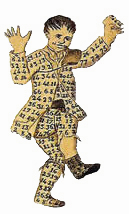The Four Colour Theorem Worksheet
home | courses | topics | theorems | starters | worksheets | timeline | KS3 | KS4 | KS5
See the page on the Four Colour Theorem first!
Draw any number of regions within this square. Try to colour them by four colours so that there are not two adjacent areas that are the same colour.
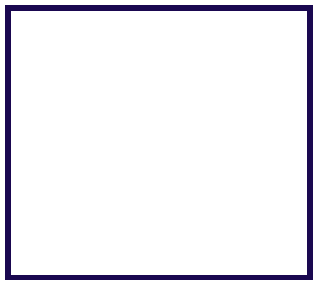
Try again on the map provided.
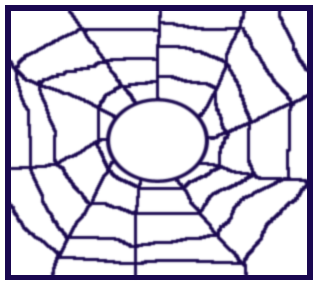
Do you ever get to a situation when you think you need more than four colours?
Try whether you need more than four colours to colour the following map.
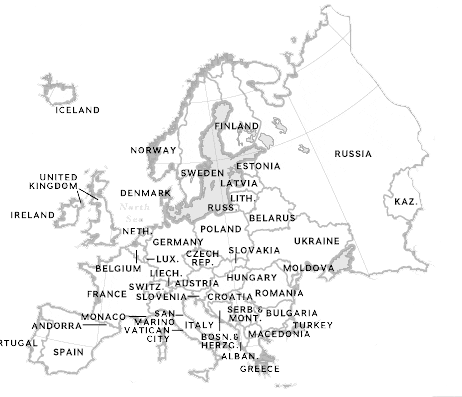
Think of countries as single points (vertices) and their borders as lines (edges) that connect them. This kind of a graph is called planar graph.
Here is one planar graph
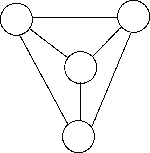
And here is another
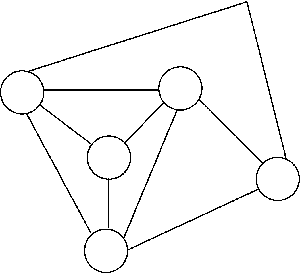
The Four Colour Theorem states that any number of points and lines reduces itself to a map which only needs four colours.
This graph is said to be 'complete' if there are no more connections that can be made between the points without them crossing other connections. The Four Colour Theorem states that there is no graph which contains any set of five mutually connected vertices.
You can try for yourself!
artefacts | numerals | concepts | people | places | pythagoreans | egyptians | babylonians
_____________________________________________________________________________________________________________________
Acknowledgements | Copyright | Contact | Mission Statement | Tell a friend about this site
